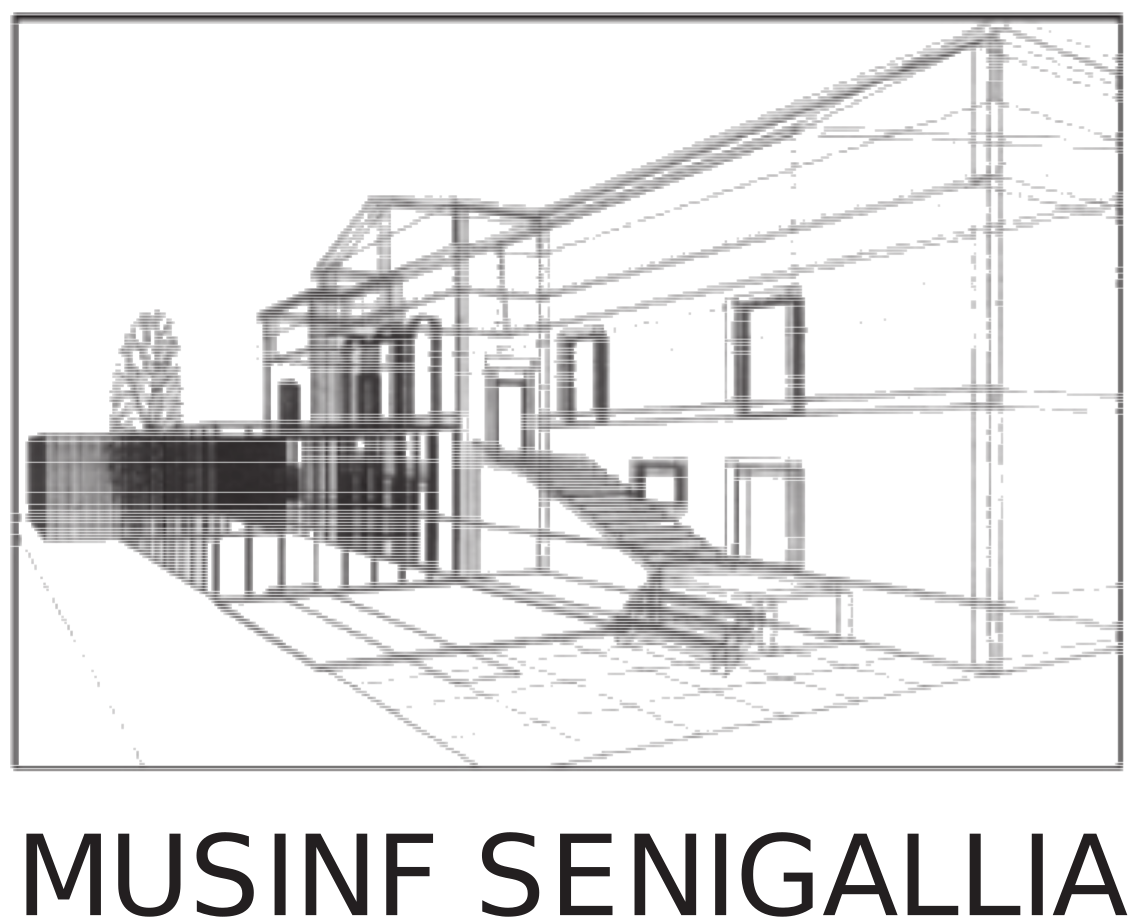Poetry of landscape
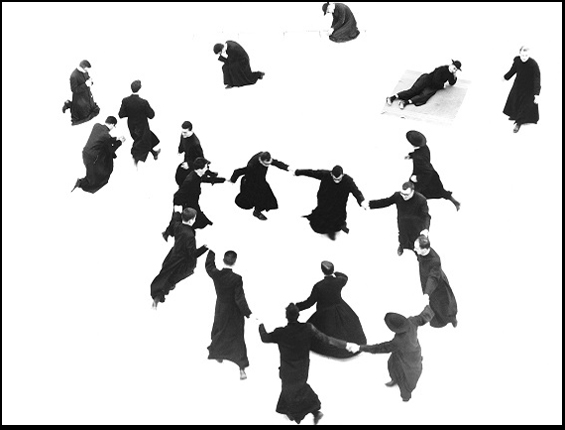
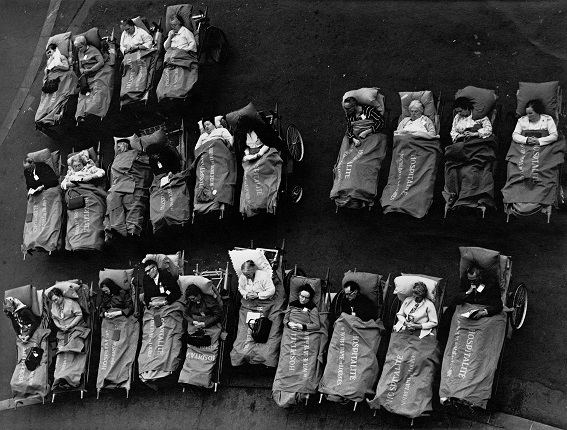
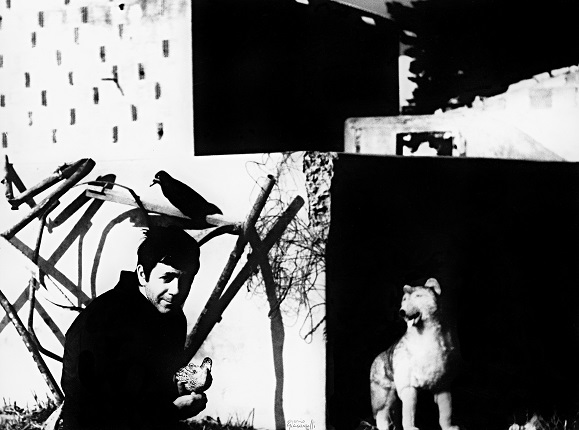
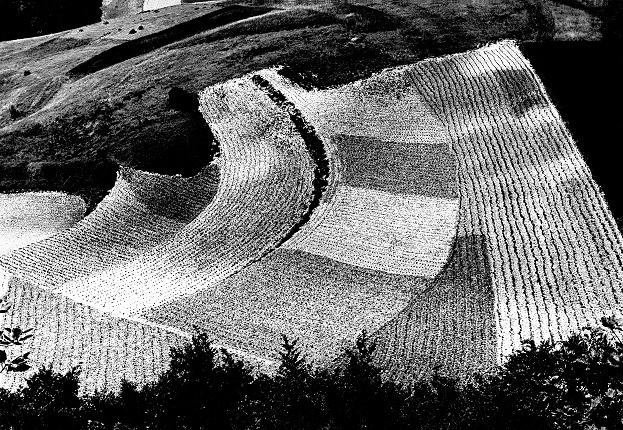

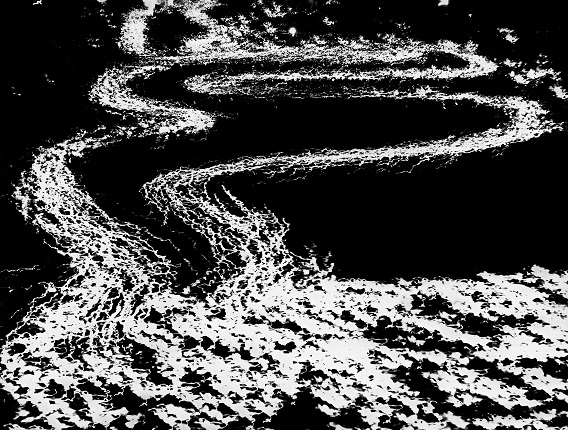
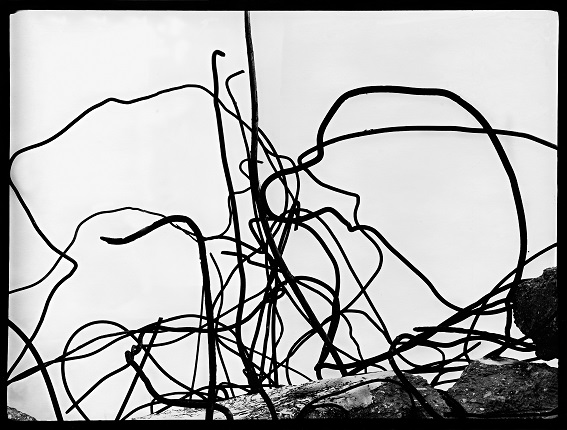
Young priests, 1961. 30 х 40 Vintage silver print © Courtesy Simone Giacomelli e Katiuscia Biondi Giacomelli (Archivi Mario Giacomelli di Senigallia e Sassoferrato)
Lourdes, 1957. 30x40. Vintage silver print © Courtesy Simone Giacomelli e Katiuscia Biondi Giacomelli (Archivi Mario Giacomelli di Senigallia e Sassoferrato)
Claudio Bonvini, 1999. 30 х 40. Vintage silver print © Courtesy Simone Giacomelli e Katiuscia Biondi Giacomelli (Archivi Mario Giacomelli di Senigallia e Sassoferrato)
View Paesaggio Angelini (from the series On Being Aware of Nature), 1985. 44 x 64. Vintage silver print © Courtesy Simone Giacomelli e Katiuscia Biondi Giacomelli (Archivi Mario Giacomelli di Senigallia e Sassoferrato)
Late Style Landscape, 1985. 50 x 60. Vintage silver print © Courtesy Simone Giacomelli e Katiuscia Biondi Giacomelli (Archivi Mario Giacomelli di Senigallia e Sassoferrato)
Lourdes, 1957. 30 x 40 Vintage silver print © Courtesy Simone Giacomelli e Katiuscia Biondi Giacomelli (Archivi Mario Giacomelli di Senigallia e Sassoferrato)
Fairy tale, 1984 30 x 40. Vintage silver print © Courtesy Simone Giacomelli e Katiuscia Biondi Giacomelli (Archivi Mario Giacomelli di Senigallia e Sassoferrato)
Moscow, 20.09.2017—10.12.2017
exhibition is over
Share with friends
For the press
The Multimedia Art Museum, Moscow, presents a personal exhibition by the leading Italian photographer Mario Giacomelli (1925–2000), ‘The Poetics of Landscape.’ MAMM first showed the works of Giacomelli within the framework of the Seventh Photo-Biennial International Month of Photography 2009 in Moscow.
Mario Giacomelli is one of the few Italian photographers to have received international recognition as early as the 1960s. His works can be found in the collections of the world’s largest museums, including the permanent collection of the Museum of Modern Art (MoMA) in New York.
Mario Giacomelli was born in Senigallia, on the Adriatic coast of Italy, in 1925. He lost his father early, and at the age of thirteen began working at a printing works. In his spare time, he wrote poetry, painted and took photographs using a camera that he himself assembled.
In 1952, he joined the Miza photography group organized by Giuseppe Cavalli, who moved to Senigallia in the post-war years and worked on the active promotion of art in photography in Italy.
In 1955, Giacomelli won at the prestigious Castelfranco Veneto National Competition. The most famous specialized Italian magazines, such as Ferrania and Rivista Fotografica Italiana, began to publish his works. In 1957, Giacomelli created a series of shots on the inhabitants of a municipal old people’s home, ‘Verra la morte e avra i tuoi occhi’ (‘Death will come and she will have your eyes’), which was praised by critics and became a notable event in the world of photography.
The series ‘Io non ho mani che mi accarezzino il viso’ (‘I have no hands that could caress my face’), which Giacomelli worked on over the course of a year at an ecclesiastical seminary, again shook the world of photography. The most famous shot in the series, which depicts young priests dancing in a courtyard, was done in secret from the seminary’s roof. Black, slightly blurred, moving figures on a contrasting white background — nothing is superfluous. With a minimum of resources, Giacomelli manages to snatch from the everyday and convey with an incredible precision a sense of lightness, joy and carefreeness. The shots very quickly spread across the world, and for a time were one of the most popular themes for the decoration of coffee cups.
‘Rather than being interested merely in documenting what is taking place, I’m more interested in looking within what is taking place,’ Giacomelli said. ‘I believe in abstraction, for me abstraction is a way to get closer to reality. The defocusing or blurring of the image, the grainy quality, the faded out white, the enclosed black — it’s as if it’s an explosion of a thought, allowing the image to exist for a long time, so that, in harmony with the material, with reality, the image is filled with a spiritual content and is able to reflect the internal world, the drama of life.’
A special place in Giacomelli’s work is occupied by Senigallia, the Italian province where he was born and spent his entire life. Giacomelli, again and again, sang the praises of the harsh beauty and simplicity of its landscape. ‘Presa di coscienza sulla natura’ (‘A new consciousness of nature’, 1954–2000); ‘Metamorfosi della terra’ (‘Metamorphoses of the earth’, 1960–1980); ‘Storie di terra’ (‘History of the earth’, 1984–1985), ‘Calabria. Il canto dei nuovi emigrant’ (‘Calabria. Song of the new emigrants’, 1984–1985), ‘Il mare dei miei racconti’ (‘Sea of my stories’, 1984–1992) — the titles of his landscape photographic cycles are extraordinarily poetic, and the series themselves, shot from the height of a bird’s eye view, are bewitchingly unreal. The graphic black and white images appear to have been seized from another time or another reality.
Mario Giacomelli’s way of life was in no way changed by success and fame. Until the very end he remained faithful to Senigallia. He lived side by side with the subjects of his photographic series, unhurriedly telling their stories whilst at the same time telling his own. ‘Every image is my portrait, it’s as if I’m photographing myself,’ he admitted. ‘Photography allows you to leave testimony to the fact that you lived on this Earth, it’s like a notebook.’


